Sun X-ray reveals colorful processes
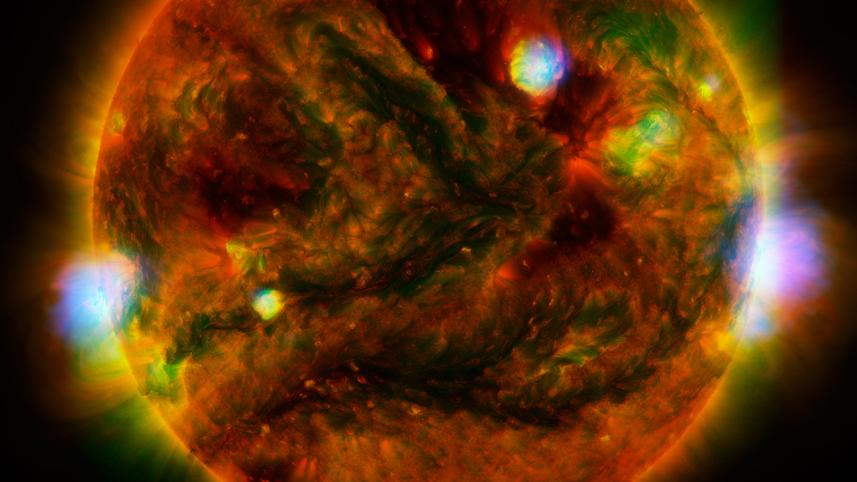
Flaring, active regions of our Sun are highlighted in this new image combining observations from several telescopes. Photo: taken from Discovery news/ NASA/ JPL-Caltech/ GSFC/ JAXA
A space telescope designed to look into the furthest-most reaches of space at some of the most energetic phenomena in the known universe has, once again, been turned to face our nearest star, producing a rare and beautiful insight to our X-ray sun.
A space telescope designed to look into the furthest-most reaches of space at some of the most energetic phenomena in the known universe has, once again, been turned to face our nearest star, producing a rare and beautiful insight to our X-ray sun, Discovery News reports quoting Royal Astronomical Society.
Usually, NASA's Nuclear Spectroscopic Telescope Array, or NuSTAR, would be looking at relativistic jets of material blasting from black hole behemoths millions to billions the mass of the sun, or the superheated hearts of supernovae, but in a follow-up to arguably one of the most beautiful space images ever created, astrophysicists have created a full-disk portrait of the high-energy X-ray-generating processes in the sun's corona.
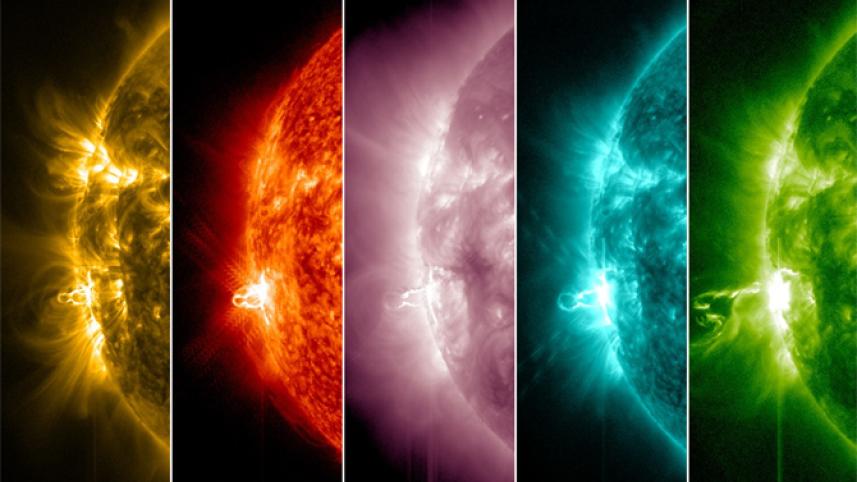
The sun may be an average star when compared to the menagerie of stars that exist in our galaxy, but to Earth and all life on our planet, the sun is the most important object in the Universe.Photo: Discovery News/ NASA/ SDO

Pictured here on the far left -- the active region (AR) 1990 was crackling with activity. Then, as magnetic field lines from the sun's interior forced together and through the solar photosphere, large-scale reconnection events occurred. Photo: Discovery News/ NASA/ SDO
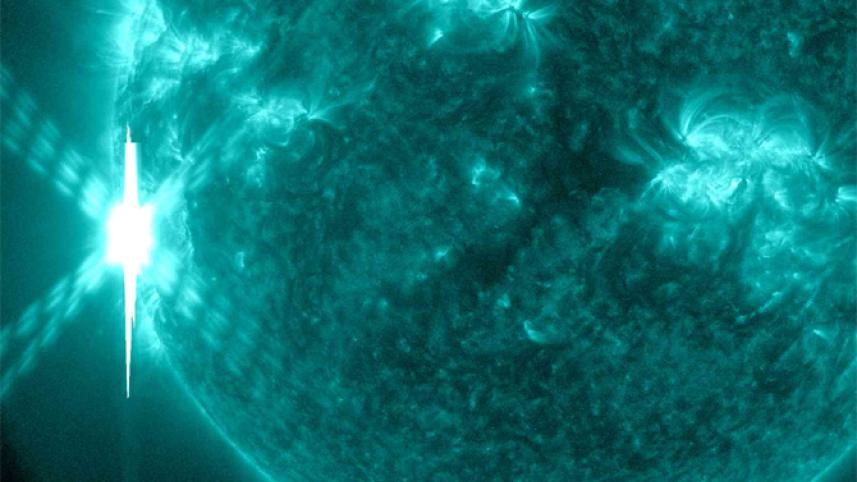
The X4.9 flare was caught through the range of SDO fliters, including this dramatic view as seen through the 131A filter. The flare was so bright that photons from the flare overloaded the SDO's CCD inside the AIA instrument, causing the signal to "bleed" across the pixels. This bleeding effect is common for any optical instrument observing powerful solar flares. Photo: Discovery News/ NASA/ SDO
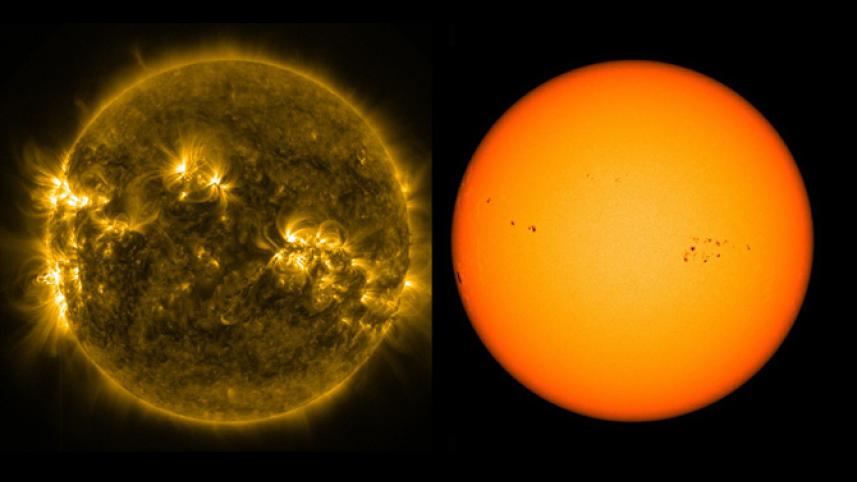
Intense coronal activity is often associated with active regions -- the active lower corona is pictured here, left. Photo: Discovery News/ NASA/ SDO
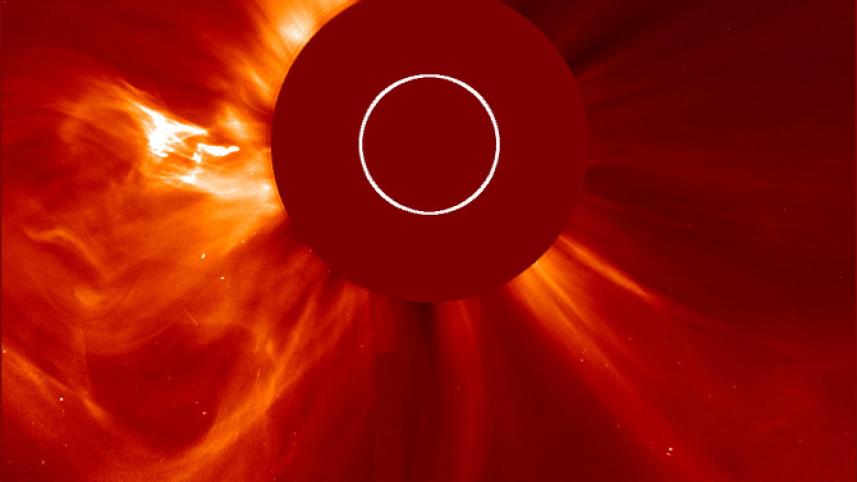
The joint NASA/ESA Solar and Heliospheric Observatory (SOHO), which has been watching the sun since 1996, also spotted the flare, tracking a CME that was generated shortly after. Photo: Discovery News/ NASA/ SDO
"We can see a few active regions on the sun in this view," said Iain Hannah, of the University of Glasgow, in a press release. "Our sun is
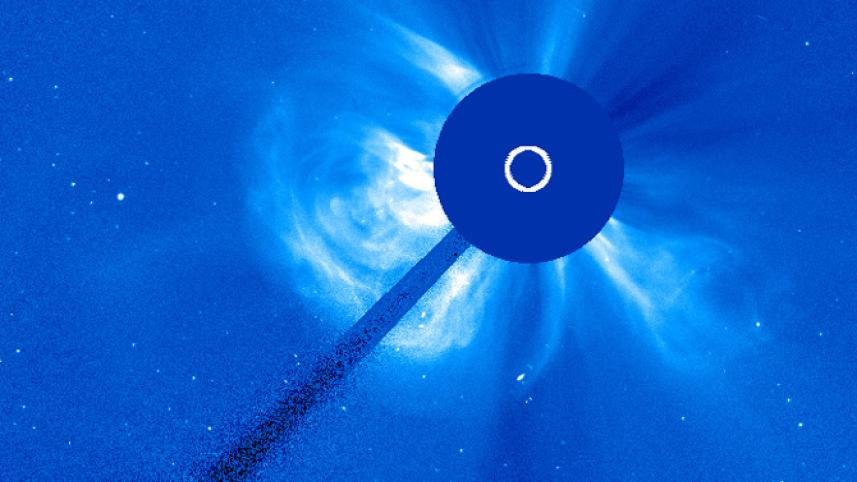
Approximately an hour after the flare, the CME grew and continued to barrel into interplanetary space. Space weather forecasters don't expect that this CME will interact with the Earth's atmosphere as it is not Earth-directed. Photo: Discovery News/ NASA/ SDO
Hannah presented this observation on Wednesday at the National Astronomy Meeting in Llandudno, Wales.
To measure a definitive nanoflare signal, however, the sun needs to calm down to a more quiescent state, a phase that solar astronomers are anticipating over the next few years as it approaches solar minimum. A slowdown in magnetic activity will reduce the number of active regions and quench powerful flaring activity. In this quiescent state, the high-energy X-ray nanoflare emissions could be detected from the noise.
"We still need the sun to quieten down more over the next few years to have the ability to detect these events," said Hannah.
This solar study, however, was never the focus for NuSTAR (even though it has serendipitously become the perfect tool for coronal exploration). On it's "to-do" list is to gather data about the high-energy processes surrounding black holes and to seek out evidence for so-far hypothetical dark matter particles.
"What's great about NuSTAR is that the telescope is so versatile that we can hunt black holes millions of light-years away and we can also learn something fundamental about the star in our own backyard," added NuSTAR team member Brian Grefenstette of the California Institute of Technology (Caltech) in Pasadena, Calif.



 For all latest news, follow The Daily Star's Google News channel.
For all latest news, follow The Daily Star's Google News channel.
Comments